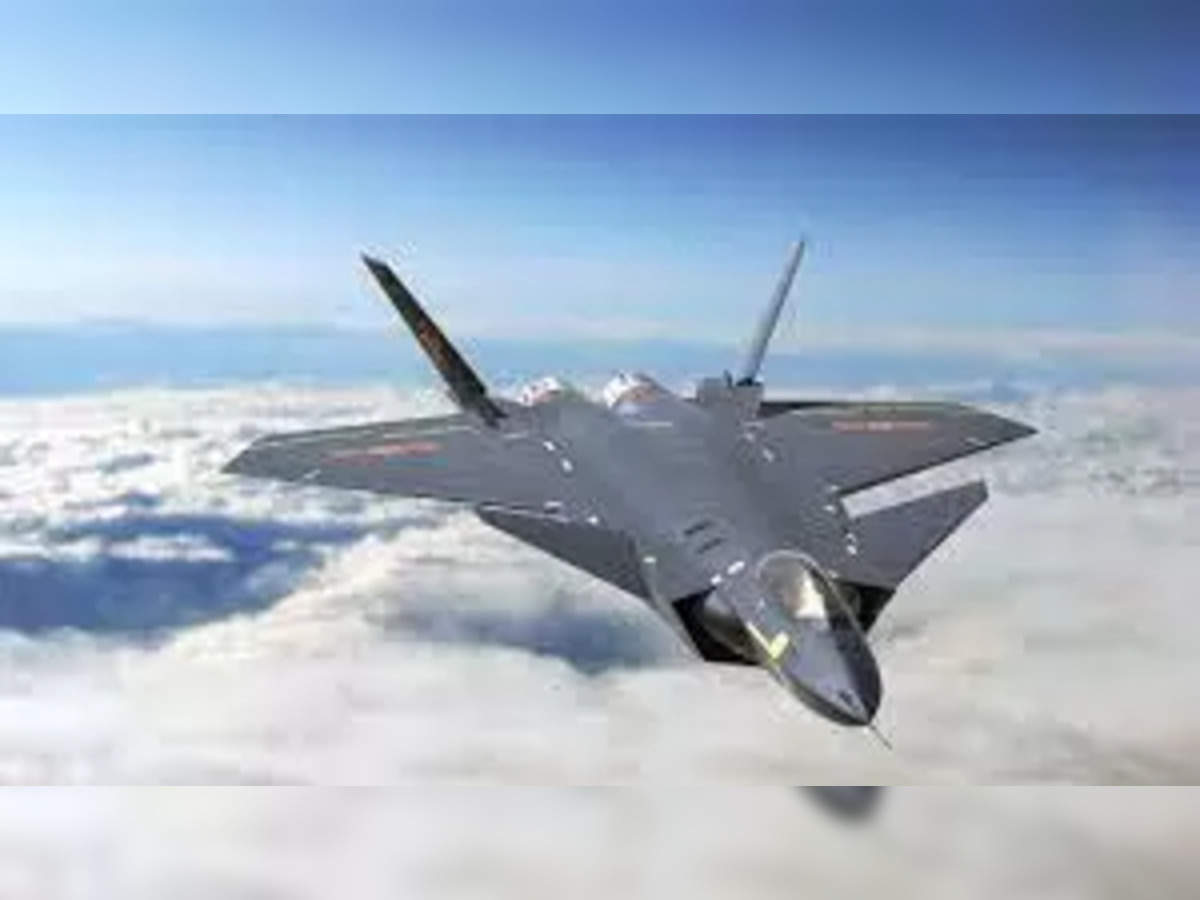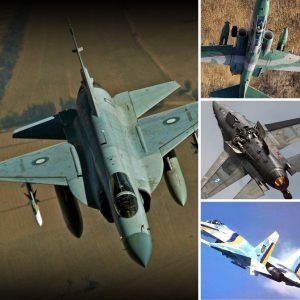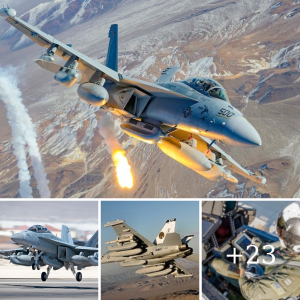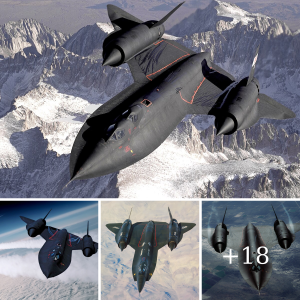In the world of military aviation, the J-20, also known as the “Mighty Dragon,” has emerged as a symbol of China’s growing prowess in advanced aerospace technology. Since its introduction into service with the People’s Liberation Army Air Force (PLAAF) in 2017, the J-20 has been the subject of intense scrutiny and speculation, positioning itself as a formidable player in the global arena of fifth-generation fighter jets.

The J-20 is a stealth, twin-engine fighter designed for air superiority missions and precision strikes. With a design that emphasizes low observability, advanced avionics, and superior maneuverability, the J-20 represents a significant leap forward in China’s military capabilities. It is the first stealth aircraft developed by an Asian country and only the third in the world, following the American F-22 Raptor and F-35 Lightning II.
One of the most striking features of the J-20 is its stealth design. The aircraft’s angular frame, radar-absorbent materials, and internal weapons bays are all geared towards minimizing its radar cross-section, making it difficult to detect by enemy radar systems. This stealth capability is crucial for achieving air superiority, as it allows the J-20 to engage enemy targets while avoiding detection.

Under the hood, the J-20 is equipped with advanced avionics that give it an edge in both offensive and defensive operations. The fighter is believed to feature an integrated avionics system with a network-centric warfare capability, allowing it to share data with other units in real-time. This system enhances situational awareness and enables coordinated strikes, making the J-20 a critical asset in modern combat scenarios.
The aircraft is powered by twin engines, which give it the necessary thrust for supercruise—sustained supersonic flight without the need for afterburners. However, the J-20’s engines have been a point of contention and a source of ongoing development. Initial models were equipped with Russian-made engines, but China has since been working on indigenous engines to provide better performance and reliability. The integration of domestically produced engines is seen as a key milestone in making the J-20 a truly homegrown platform.

The J-20’s armament is another area where it stands out. The fighter is equipped with a variety of air-to-air missiles housed in internal bays, which further enhance its stealth profile. Additionally, the aircraft can carry long-range missiles, allowing it to engage targets at considerable distances. This combination of stealth and firepower makes the J-20 a versatile platform capable of executing a wide range of missions, from air superiority to deep strikes.
Despite its impressive capabilities, the J-20’s introduction has not been without controversy. Some analysts question the aircraft’s true stealth capabilities, particularly in comparison to the F-22 and F-35. There are also ongoing debates about the J-20’s maneuverability and its ability to perform in a dogfight against other fifth-generation fighters. Nonetheless, the J-20 represents a significant achievement for China and has undoubtedly shifted the balance of power in the Asia-Pacific region.
The J-20’s deployment signals China’s intent to challenge the dominance of Western air forces and assert its influence on the global stage. With continued upgrades and the potential integration of more advanced technologies, the J-20 is likely to remain a cornerstone of China’s military strategy for years to come.

In summary, the J-20 is more than just a fighter jet; it is a statement of China’s ambitions and a key component of its military modernization efforts. As the Mighty Dragon continues to evolve, it will undoubtedly play a crucial role in shaping the future of aerial warfare.





